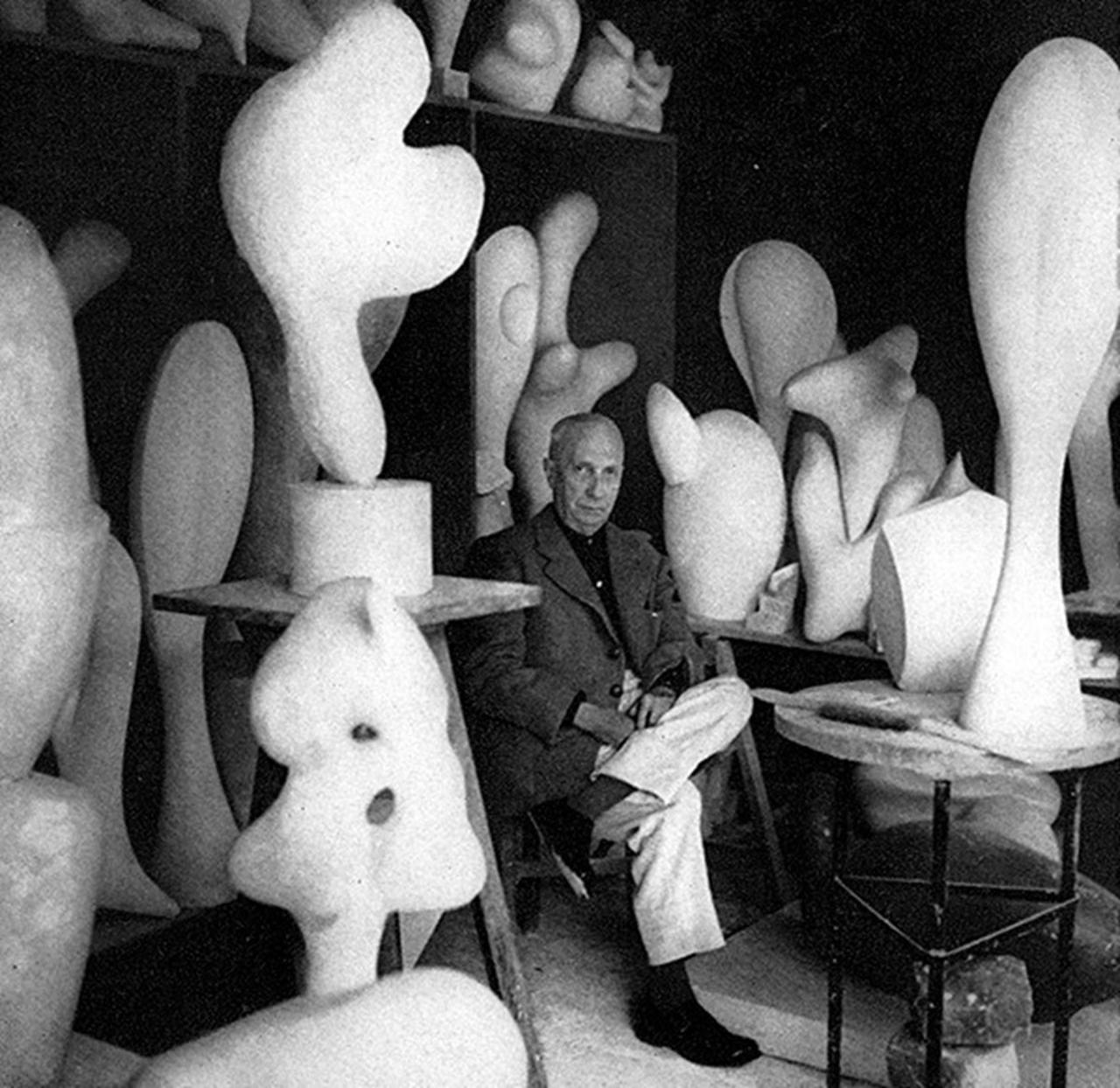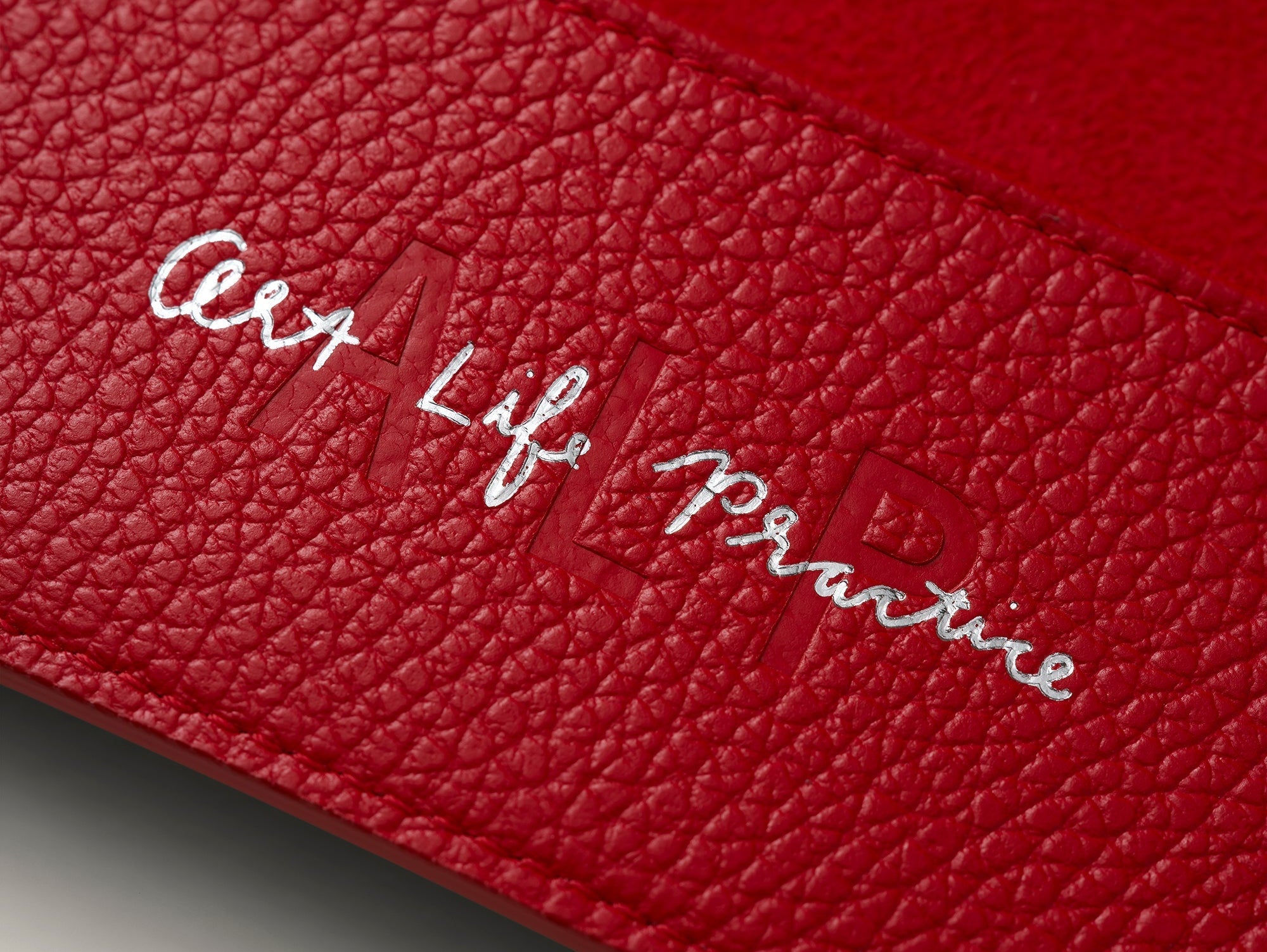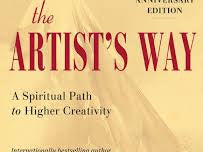Jean Arp (1886-1966) was born in Germany to a French mother and German father - and tends to be known in German-speaking countries by the name Hans Arp. He was a gifted painter and poet, but is most known as a sculptor, creating smoothly rounded, biomorphic forms.
As a co-founder of the Dada movement, and later the Surrealism movement, Jean Arp’s work was deeply inspired by natural motifs. His work was fueled by the themes of transformation and growth, and it remained a constant throughout his career.

In 1916, Arp was living in Zurich which was a neutral city during WWI. As previously mentioned, he was one of the founding members of Dada, an art movement that focused on the extraordinary and absurd, especially the seemingly foolishly abstract, as a means of communicating the way they viewed the world now was.
Dada is heavily tied to WWI and is very much a reaction to the sense of loss and disconnect that gripped Europe in the years following the war.
Arp met fellow artist Sophie Taeuber shortly after moving to Zurich, and they married in 1922. They often collaborated as a couple, and are one of the most inspiring artist couples of the 20th century. Here is a photo of young Sophie and Jean:

With Sophie’s help, Jean produced his monumental set of collages known as Papiers Dechires, in which he tore paper into bits of pieces and let them fall onto a larger sheet of paper, and pasted each scrap wherever it fell.
Here is an example that is at the Museum of Modern Art:

In a very Dada move - remember this is the art movement that focused on the absurd and random - this process left much to chance.
Jean and Sophie moved to Paris in 1920s, and at this time began creating wood reliefs featuring the iconic shapes that he is most known for.

It was in the 1930s when Arp began to create his most famous works - the biomorphic sculptures in materials such as marble and bronze.

‘I don’t reflect,’ he wrote in 1963. ‘The forms come: pleasing or strange... They’re born of themselves… I only have to move my hands…. The forms that then take shape offer access to mysteries and reveal to us the profound sources of life.’
In 1943 Sophie died in a tragic accident, succumbing to carbon-monoxide poisoning. Completely grief-stricken, Arp stopped making sculpture for a few years and found solace through reading ancient Tibetan and Christian mystic texts.
Arp died in 1966, aged 79. His influence extended far and wide: from Henry Moore and Barbara Hepworth to Isamu Noguchi - three ALP favorites - Arp's creative output was extraordinary and deeply influential.







